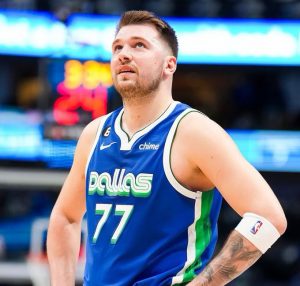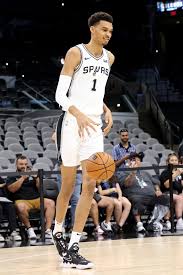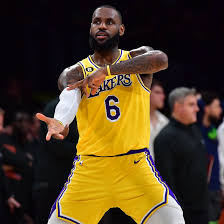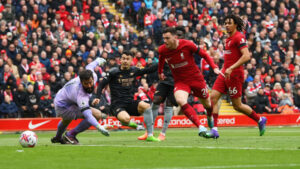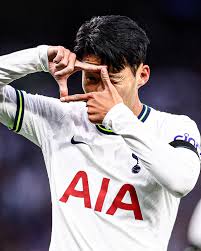NBA PREVIEW : THINGS LOOKING UP FOR THE KNICKS, CAN THEY GO A STEP BETTER?

New York’s first season with Jalen Brunson on the roster went as well as the team could have hoped. The Knickerbockers won 47 games and took their first postseason series since 2013 when they defeated the Cavaliers in five games. Success like that is worth building on, and New York is doing just that by running it back this season.
There is a limit to how much better a team of veterans can be when a front office decides to retain the same core, but this was a different team in the second half of the season.
New York finished the year as the fourth-best cover team in the league, including regular and postseason, at 51-39-3 ATS. After the trade deadline, the Knicks went 17-8 SU and ATS with the second-best cover margin in the league (+4.1). Their pace over that stretch was equivalent to a 59-win team, according to Cleaning The Glass. Winning that many games is unlikely for New York, but being a top-four seed in a conference that got weaker at the top is not out of the question.
The Knicks’ strength last season was its offense, surprising for a Tom Thibodeau team, and it should be once more. New York averaged 118.7 points per 100 possessions in non-garbage time, the second-best offensive rating in the league. They did so by absolutely crushing teams on the offensive glass.
The team rebounded 30.8% of their missed attempts – the second-best rate in the league – and averaged 16.2 second-chance points per game. Cleaning The Glass had them as one of the most effective putback teams in the league. They ranked third in putback points per miss metric (24.2) and second in putback plays generated per 100 misses (21.3). Mitchell Robinson is an elite offensive rebounder who ranked in the 98th percentile last season in offensive rebounding rate (17.2%), and Jericho Sims placed in the 88th percentile (12.7%). Players like Julius Randle and Josh Hart also contributed from their positions, which allowed the Knicks to dominate the offensive glass. That strength should remain in place this season.
There are some odd anomalies in New York’s offensive production though, and should they fail to replicate their success on the glass it could lead to a big dip in offensive production.
Despite finishing second in offensive rating, this team was somewhat inefficient from the floor. It finished 20th in overall effective field goal percentage (54.3%), and the most efficient area of the floor it shot from was short mid-range (shots 4-14 feet from the basket), and they finished no higher than 19th in shooting percentage from any other area.
In other words, the Knicks relied heavily on their offensive rebounding to produce its offense. It could be argued that a team that relies on efficient mid-range shooting and offensive rebounding could be due for a step back in efficiency the next season, and New York fits those parameters.
Should the Knicks regress on offense, this defense will have to be much better. They allowed 115.3 points per 100 possessions in non-garbage time and ended up finishing 20th in halfcourt defensive rating (98.8). Taking this into consideration with their rebounding on defense – New York was 11th in defensive rebounding rate – and the 13.3 second chance points allowed per game, it’s pretty clear that opponents were having success on initial shot attempts.
It wasn’t all luck though. Once again the Knicks allowed a high rate of wide-open 3-point attempts last season. Opponents averaged 17.8 uncontested looks from beyond the arc per game and shot 38.8% on those shots. Initial success on a possession, coupled with a high rate of uncontested attempts, will equal a below-average defensive rating, and that is exactly what transpired for the Knicks last season.
Improvements on both ends of the floor are needed for the Knicks if they are going to maintain the success they had last season, but none of the improvements needed are ones that are impossible to achieve. They can certainly contend for one of the top four seeds in the Eastern Conference this season.
The real question will be about their ATS and whether or not they can sustain it. New York is always going to be a publicly backed team, and because the bettors were treated so well backing them at the window, it wouldn’t be a shock if they start the season as one of the more overvalued teams by the betting market.
This could have been a splashy summer in the Empire State, as the Knicks boasted one of the league’s better collection of trade investments. But they wound up keeping almost all of them, either fully committing to this core or perhaps not being enamored with the top players on the market.
So, they essentially made just one key addition by signing Donte DiVincenzo, a college teammate of Jalen Brunson and Josh Hart. DiVincenzo isn’t a fortune-changing type of talent, but his hustle and well-rounded skill set should allow him to thrive in a complementary role.
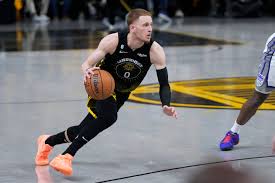
Speaking of Hart, he scored a four-year, $80.9 million extension after picking up his $13 million player option for this season. Acquired from the Portland Trail Blazers at last season’s trade deadline, he quickly cemented his status as a key two-way player for this team and wound up averaging its fourth-most minutes in the playoffs (32.1).
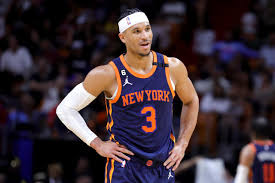
Beyond that, though, New York’s other biggest offseason developments were subtractions, as the Knicks dealt former top-10 pick Obi Toppin to the Indiana Pacers and declined their team option on Derrick Rose, who later signed with the Memphis Grizzlies.
BIGGEST QUESTION
WHAT’S RJ BARRETT’S ROLE
The Knicks know they have a rising star in Brunson, who sure looks like he could factor into the All-Star discussion for at least the next half-decade. And they have a relatively good feel on Julius Randle, who can be a little volatile but still has a pair of All-NBA selections to show for the past three seasons.
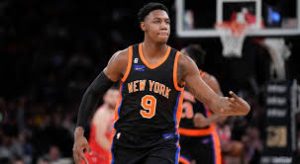
What they still can’t say for certain, though, is what exactly they have in RJ Barrett.
There are flashes of the potential stardom New York surely envisioned when it made him the No. 3 pick of the 2019 draft. But he still spends too much time tussling with inefficiency and inconsistency to say a leap year is definitely in the works.
He can get downhill and finish around the basket, but his ceiling is currently held back by iffy shooting rates (career 42.2/34.3/70.9 slash) and limited playmaking (career 2.8 assists against 2.1 turnovers). Nothing would help New York brighten its outlook more than Barrett eliminating some of these shortcomings.
STAR WATCH
RJ BARRETT
After investing big money in Barrett last summer ($107 million guaranteed over four years) the Knicks seem to have a plan of action. Among those from last year’s nine-man rotation, Immanuel Quickley is the only player on an expiring contract but he could sign an extension closer to the start of the season. Other than that, the core and young talent seem set in stone.
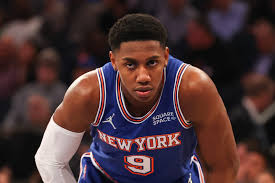
With Barrett being one of the highest-paid players on the roster, he’s expected to be one of the Knicks’ headliners now and later, even if there’s an outside chance he could come off the bench this season. That choice would not only be made based on his play but also based on the success of his teammates. If Barrett, the $107 million man, takes a seat on the bench, the famously patient Knicks fanbase won’t be pleased whether the team is winning or losing.
To be much more optimistic, it could seem like Barrett is poised for a breakout. While he noticeably regressed in several major categories last season, he is now surrounded by more weapons than ever before and the Knicks won’t be relying on him to create for himself. If he has a solid year, the contract is a bargain. If he is moved to the bench, the Knicks might look to trade him to a rebuilding team for an established player, such as Malcolm Brogdon, Doug McDermott, Devontae’ Graham, or Dejounte Murray.
The Knicks gave a four-year, $107 million contract to a player comparable to Keldon Johnson, who signed for four years and $74 million in San Antonio. As it stands, Johnson has averaged more rebounds, a better percentage from the field, strong efficiency, and has played better defense … all for $33 million less.
Usually, when a player heads to the bench, it’s seen as selfless, an act of winning However, when the player is getting paid like a franchise man, they need to play like a franchise man.
Barrett is a frustrating case. Anyone who watches him play knows that he can be the best player on a good team, but he is yet to take that leap. The Knicks paid him expecting him to do it, but the young wing needs to show that he can, or another fanbase might be cheering for him come February.
